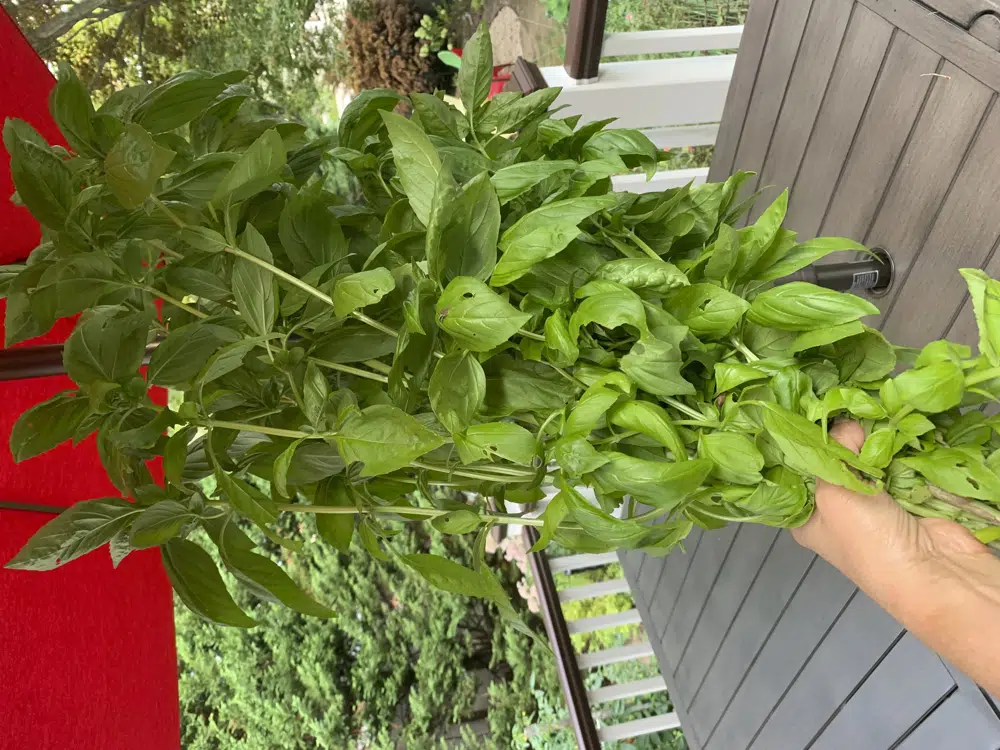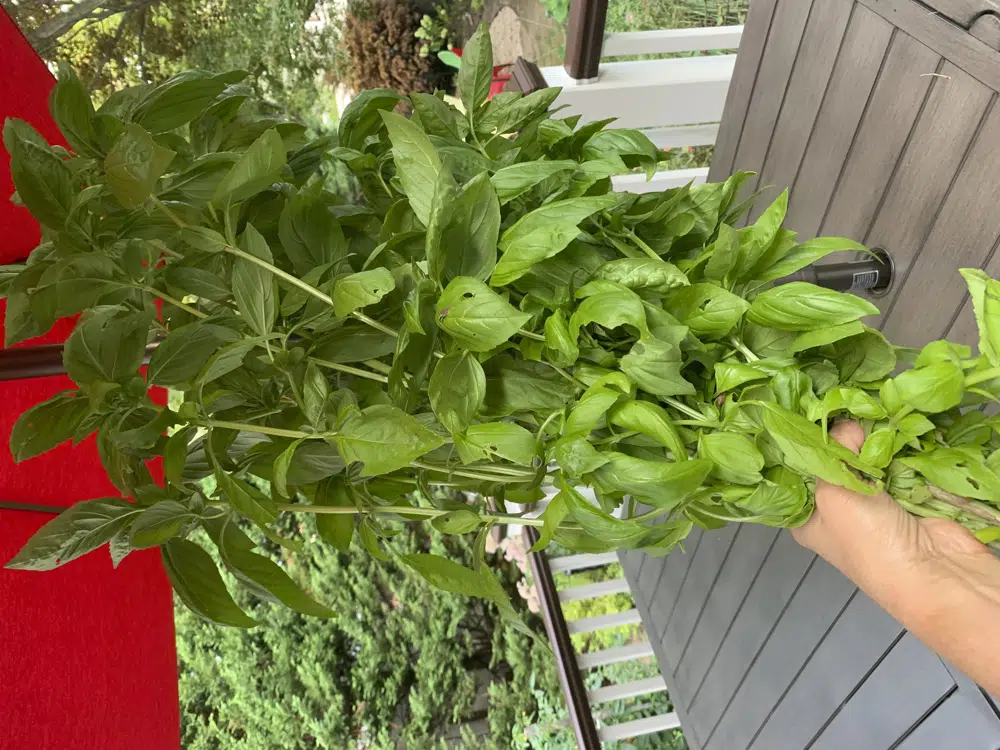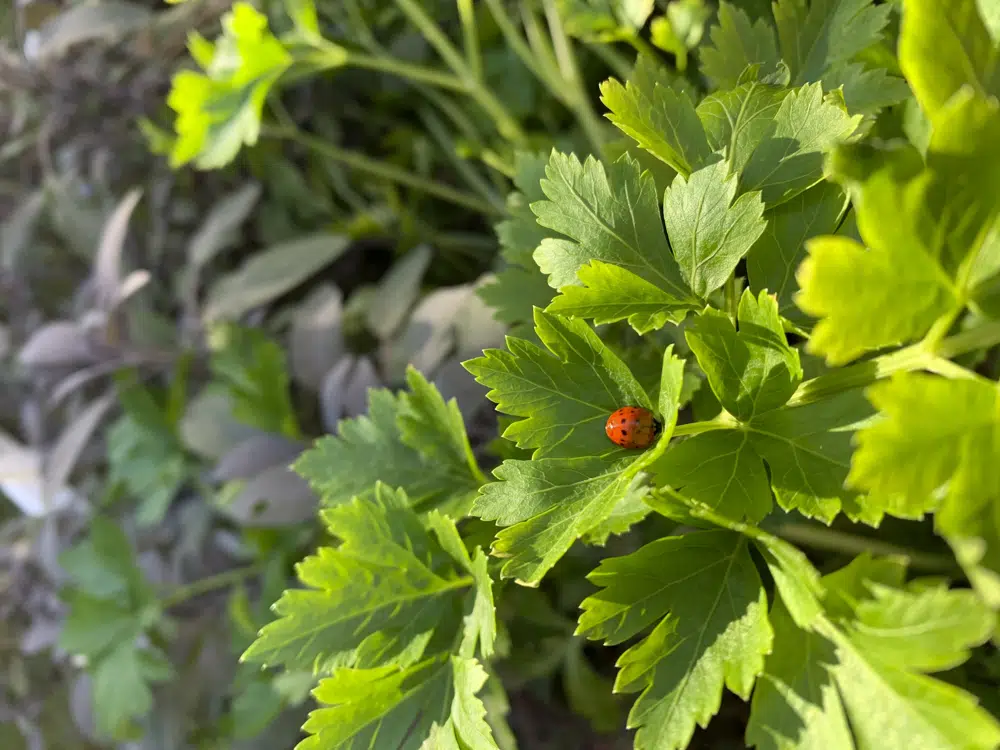Growing culinary herbs is a breeze as they require just three basic elements: sunlight, water, and well-draining soil with a neutral pH. These plants are ultimately low maintenance and therefore perfect for beginners.
The beauty of growing culinary herbs is that you don’t even require a garden. Several herbs like rosemary, basil, cilantro, lemon balm, oregano and mint thrive well in containers. In fact, mints are best confined to containers as they tend to overpower and take over the garden area. Container gardening is an excellent idea for those who have limited space or want to control the spread of certain plants.

The first step in growing culinary herbs is to determine the soil’s pH level. You can buy a pH test kit online or at a nearby garden center and follow the instructions to test your soil. Ideally, a reading of 7.0 is perfect, but anything between 6.0 and 7.5 is generally adequate to grow herbs. If the pH is lower, adding garden lime can increase it. On the other hand, if the pH is high, adding elemental sulfur can help reduce it. You must diligently follow the package directions for dosages and instructions while adding either of these to the soil.
If you plan to grow herbs in containers, you need to use a potting mix specifically designed for growing edibles. When selecting the potting mix, make sure to check the package label for information about its pH level. The ideal pH for herbs is between 6.0 and 7.5. Therefore, opt for a potting mix that falls within this range. This will help ensure that your herbs have the appropriate growing conditions, and the soil provides the necessary nutrients and drainage for them to thrive.
Choosing the right location is vital when growing culinary herbs. It would be ideal to select a site that receives at least six hours of direct sunlight daily. If your garden has sandy or heavy clay soil, you must incorporate a moderate amount of compost into the top 6-8 inches of soil to stabilize its drainage. However, if the soil is predominantly sodden, remove the top 12-15 inches of the soil, add a 3-inch layer of crushed stone to the base of the hole, and mix some compost with the soil you took out. Use the combined medium and fill the hole, creating a mound at the top. The soil will eventually settle with time, but this technique helps create essential drainage provisions.

When using seedlings for growing herbs, either started indoors or bought from a nursery, ensure to plant them according to the spacing recommendations provided on their plant tags or seed packets. This will help the plants grow adequately and avoid overcrowding that may hinder proper growth. Besides, some herbs are suitable for direct sowing into the garden from the seed packs. Therefore, it is best to go through the seed pack guidelines or consult with the experts to determine the best method to grow your preferred herbs.
Additionally, herbs often produce better flavor without the use of fertilizers. Thus do not overdo the compost while amending the soil to improve drainage. However, some herbs, including Chervil, summer savory, fennel, and lovage benefit from modest fertilizer applications. It is essential to research the specific needs of each herb before applying fertilizers to avoid over-fertilization, which may affect the taste or quality of the herbs.
Herbs are generally categorized into three types based on their lifespan. Annual herbs complete their life cycle from seed to death within one growing season, which may last a few months or a year. This category comprises herbs such as basil, cilantro, dill, chamomile, and marjoram.
Perennial herbs, on the other hand, return for multiple growing seasons and survive for several years. They include rosemary, thyme, sage, tarragon, and oregano.
Biennial herbs exist for only two growing seasons. They produce foliage in their first growing season and flowers and seeds in the second before dying. Examples of biennials include caraway and parsley. Understanding the lifecycle of each herb will help you plan and maintain your herb garden effectively.
While some herbs such as rosemary, thyme, sage, tarragon, and oregano are perennials and can survive for several years, they may not be hardy enough to survive extremely harsh winters. In such cases, you may need to treat them as annuals. For example, in some locations, rosemary may not survive extreme winter conditions, and you may have to replant it each year. However, mild winters may allow some hardy perennials to survive for several years. It is essential to consider the winter conditions in your location before planning your herb garden to ensure that the herbs you choose can survive.

Another important factor to consider when harvesting herbs is the time of day. For the most potent aroma, it is best to harvest herbs in the morning after the dew has dried but before the sun becomes too intense. Early morning harvesting ensures that the essential oils responsible for the herb’s flavor and aroma are at their peak concentration.
Knowing how to use different herbs is essential in cooking. Fragrant basil is excellent for tomato-based dishes, while rosemary is perfect for enhancing the flavor of poultry, pork, and lamb. Chamomile flowers make fantastic tea, chives are great in salads and as substitutes for onions in different dishes, and dill works well in Greek cuisine, sour cream dips, and cucumber dishes. Sage is ideal for enhancing the taste of poultry, sausages, and stuffing, while thyme complements meat and fish dishes. And parsley, when chewed, acts as a natural breath freshener.
Apart from the basics, there are also several interesting herb varieties you can experiment with. Pineapple sage carries the aroma of its fruit namesake, and so do cinnamon and lemon basil, as well as strawberry and apple mint. There is even a chocolate mint variety, which works excellently when added to milkshakes or cocktails. By experimenting with these varied herbs, you can elevate the flavors and aromas in your cooking, adding a unique touch to your dishes.
